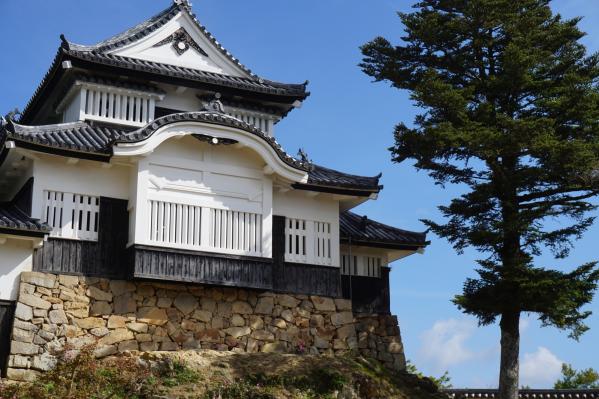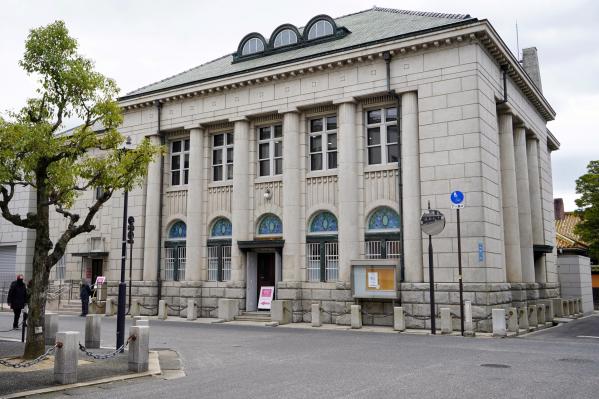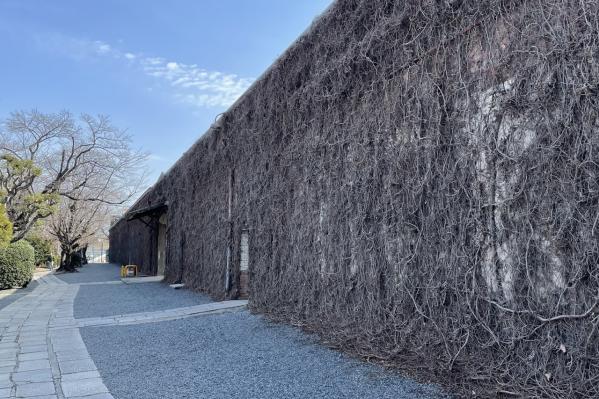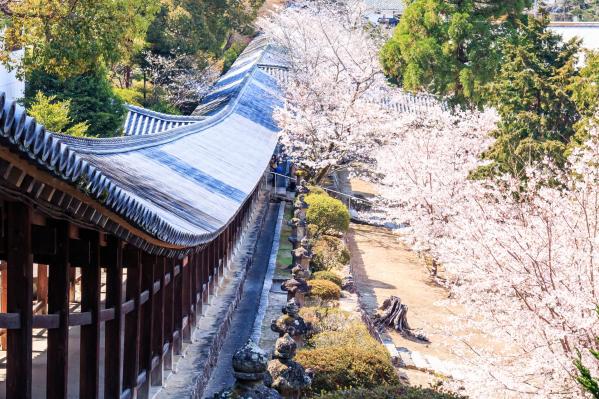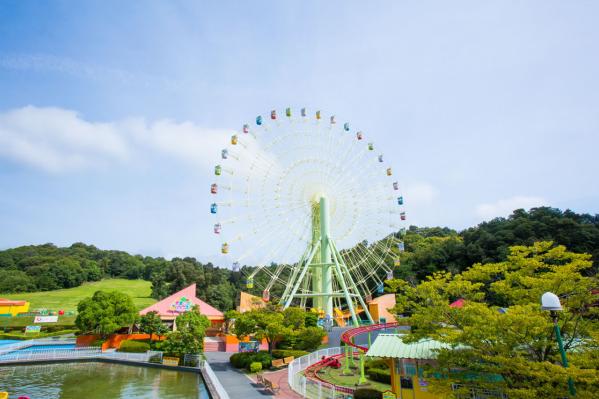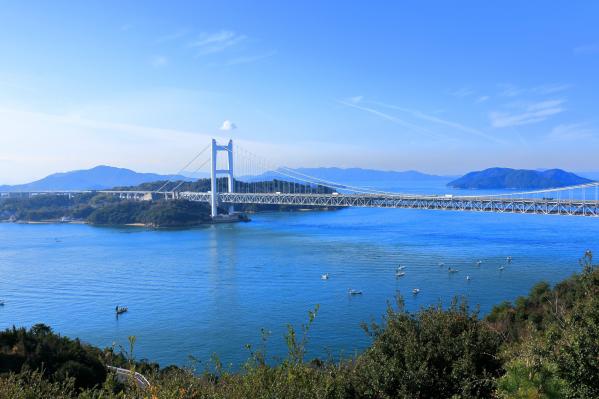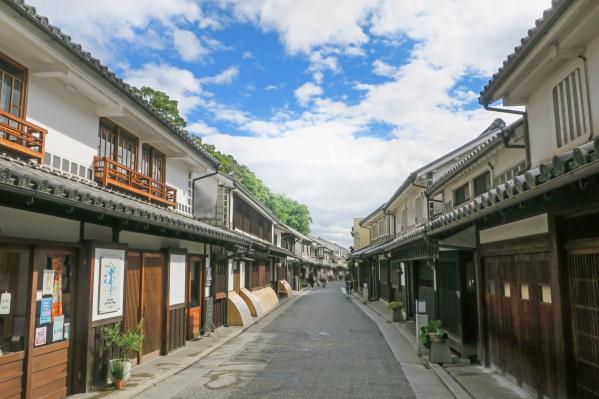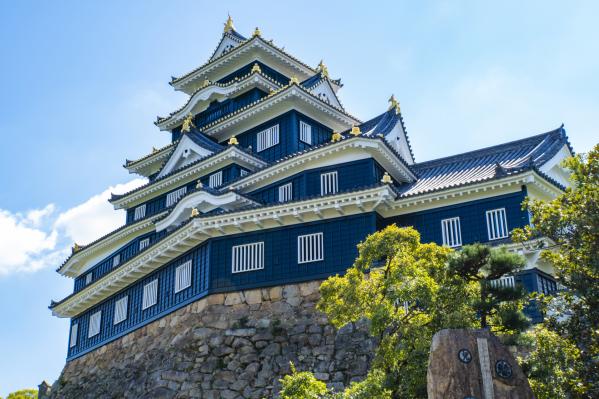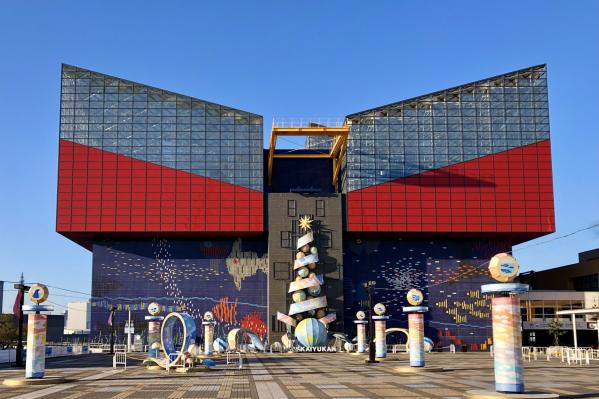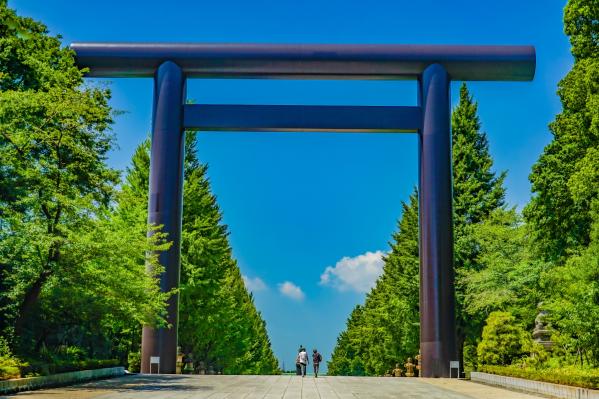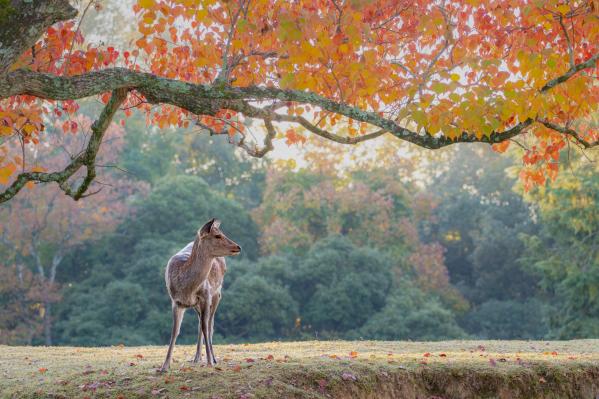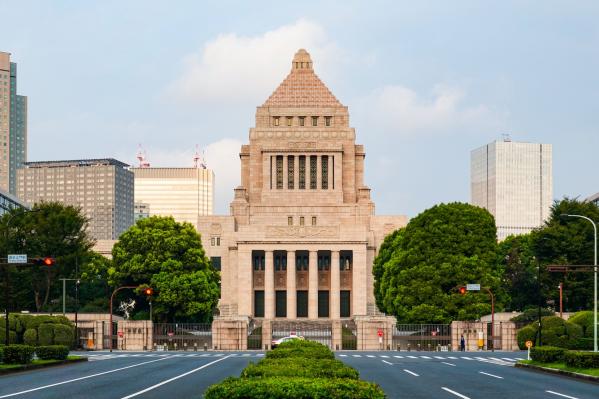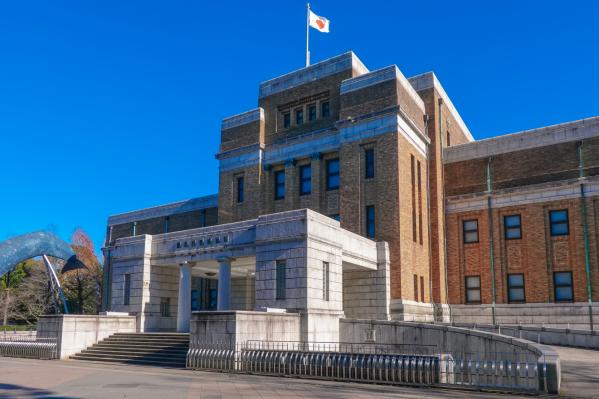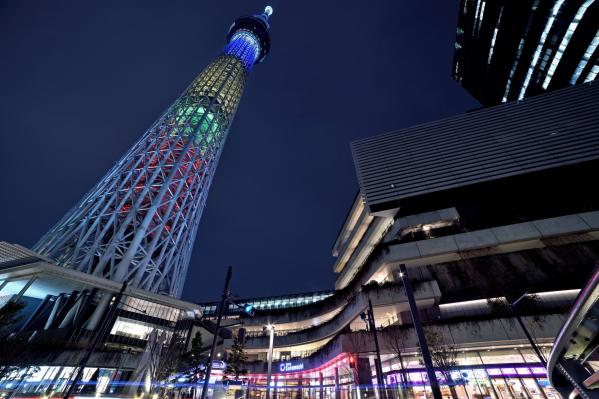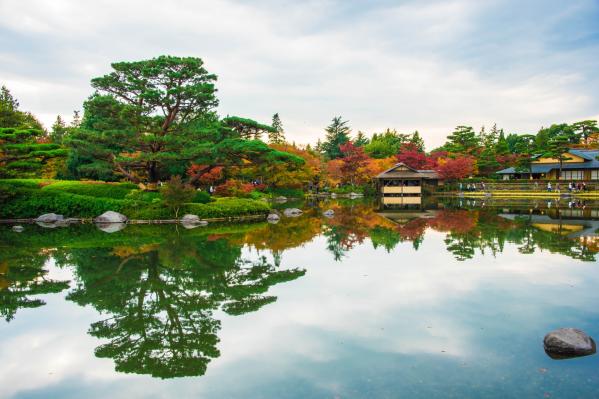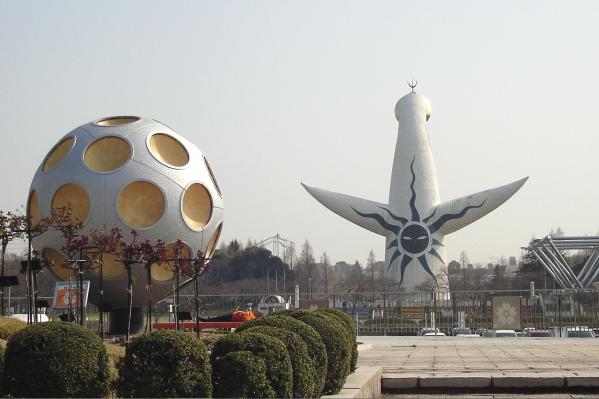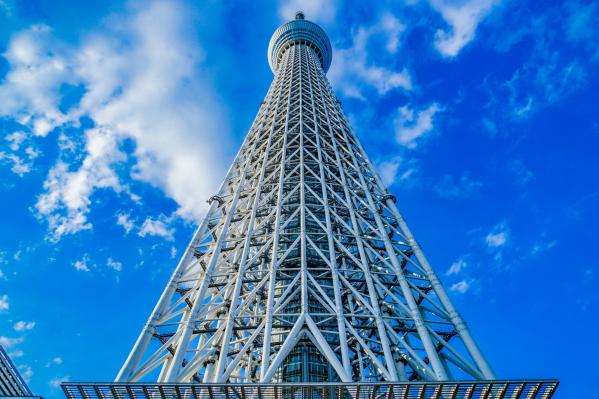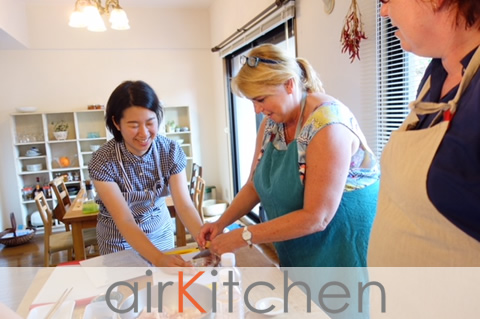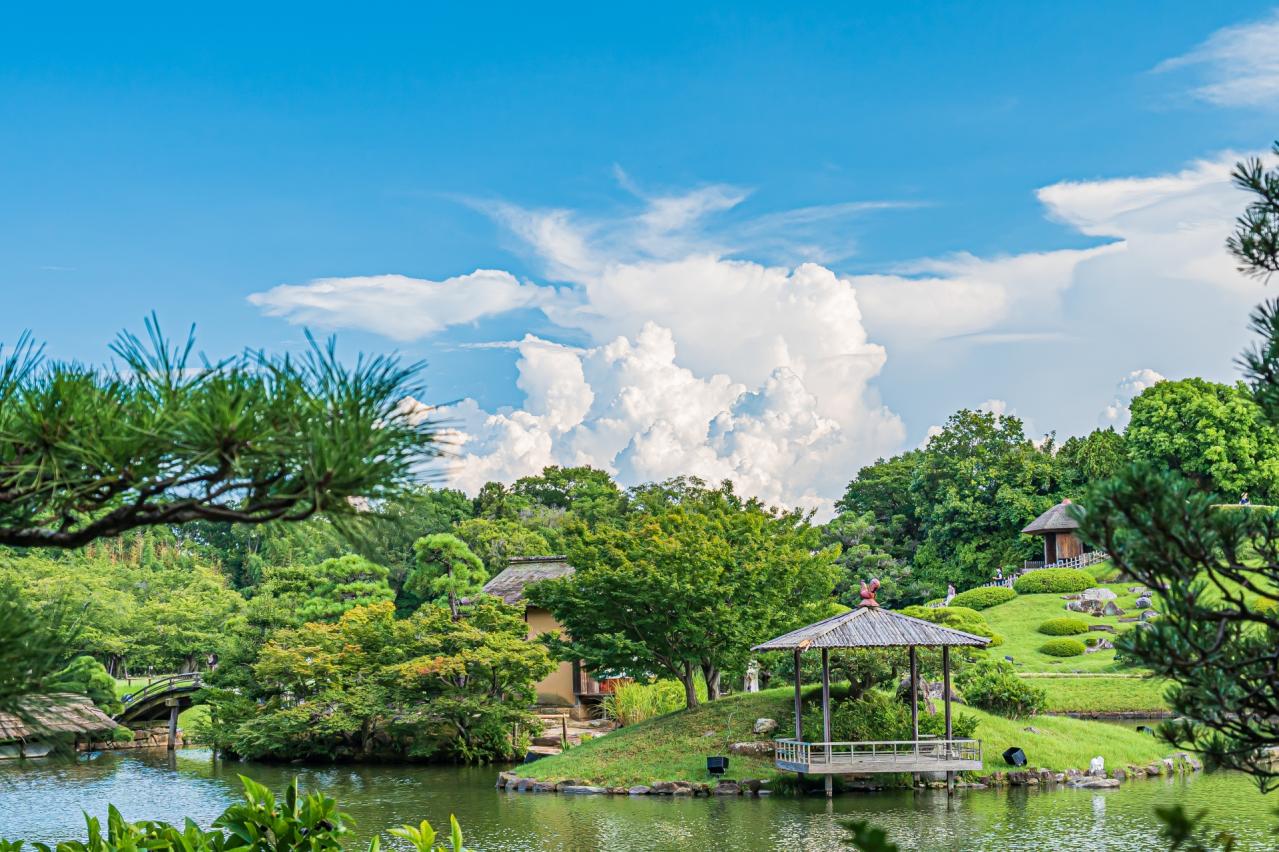
Korakuen Garden
Okayama Korakuen also retains many historical buildings that are open to the public. Notable structures include "En'yotei," the lord’s sitting room, and "Noh Stage," which are specially opened to the public several times a year. This garden is counted among the "Three Great Gardens of Japan" and is designated as a national special scenic spot, cherished as a "place of tranquility" by generations of domain lords and continues to be beloved by many today.
With the Edo period ambiance still prominently reflected, Okayama Korakuen offers a chance to experience Japanese history and culture, presenting beautiful seasonal scenery and cultural events. It provides visitors with the opportunity to fully enjoy the charm of an Edo period Japanese garden.
Basic Information
- Spot Name
- Korakuen Garden
- Location
- 〒703-8257 1-5 Korakuen, Kita Ward, Okayama City, Okayama Prefecture
- Access
- Approximately a 25-minute walk from JR Okayama Station, or about a 15-minute bus ride, or about a 4-minute tram ride to "Jokaku" stop, followed by a 10-minute walk.
About a 20-minute drive from Sanyo Expressway Okayama IC. - Parking
- Regular cars: 570 spaces, Disabled parking: 12 spaces, Buses: 12 spaces
Regular cars: 100 yen per hour, Buses: 620 yen per day - Business Hours
- March 20 to September 30: 7:30 AM to 6:00 PM, October 1 to March 19: 8:00 AM to 5:00 PM (Entry until 15 minutes before closing)
*Opening and closing times may change due to events. - Regular Holiday
- None
- Fees
- Adults: 410 yen, Seniors (65 and over): 140 yen, Free for high school students and younger. *High school students must present their student ID upon entry.
- Contact Information
- Phone Number:086-272-1148
- Official Website
Map
Detailed Information
▶Overview of Korakuen
▸The Changing Nature of Korakuen Over Time
Okayama Korakuen is a garden that was created about 300 years ago by Ikeda Tsunamasa, the second lord of the Okayama domain, as a place of tranquility for the lord. During Tsunamasa's time, the garden strongly emphasized enjoyment of the views from the sitting rooms of the En'yotei and the various buildings scattered throughout the garden. His son, Ikeda Tsugumasa, made significant renovations to the buildings near the Noh theater, built a hill called Yuishinzan in the center of the garden, and created water channels around it, digging the Hyotan Pond that connects Sawanoike Pond and Renchiken Pond. These changes made the garden enjoyable to walk through. Tsugumasa's grandson, Ikeda Harumasa, for the sake of frugality, stopped the farming activities of the people untilting the fields, temporarily turning the area into a lawn garden; however, soon after, most of the eastern part of the garden returned to farming. The current Seiden is a remnant of that era. The landscape of Korakuen has changed according to the preferences of the lords and social circumstances of each era, and this accumulation has formed its history.
▸One of Japan's Three Great Gardens Preserving the Spirit of the Edo Period
Additionally, during the Edo period, the citizens of Okayama were permitted to enter Korakuen if allowed. Tsunamasa, who loved Noh, would perform there, while the lords after Tsugumasa would open the garden on designated days during their absence due to the sankin-kotai system. The garden was also used as a place to entertain guests of the lord. In Meiji 4 (1871), the Ikeda family changed the name from "Ogokoen" to "Korakuen," and in 1888, they transferred it to Okayama Prefecture for the purpose of preserving the famous garden. Initially, it was not a public park, but rather opened as part of the prefectural office grounds, and rules like closing at sunset were established to preserve it. Although it suffered damage from flooding in Shōwa 9 (1934) and wartime destruction in 1945, it was restored based on Edo-period drawings and has been passed down to the present day largely unchanged. In Taisho 11, it was designated as a scenic spot, and in Shōwa 27, it was designated as a special scenic spot under the Cultural Properties Protection Law. Loved by many as a garden that conveys the essence of the Edo period, it is celebrated as one of Japan's "Three Great Parks," along with Kenrokuen in Kanazawa and Kairakuen in Mito, and is now affectionately known as one of Japan's three great gardens.
▶History of Korakuen
▸Creating a Place of Tranquility for the Lords
Just before the garden's construction, the Okayama domain was engaged in land reclamation between the Asahi River, which flows just east of the castle town, and the Yoshii River, located about 13 kilometers to the east, in a shallow sea. Under the rule of Ikeda Mitsumasa, Tsunamasa's father and a renowned ruler, there was an ongoing effort to develop new fields and strengthen the Hyakken River to protect the castle town and surrounding agricultural villages from flooding. However, to successfully reclaim the shallow water of Kojima Bay, it became urgent to improve the large drainage canal Hyakken River. Construction of the embankment began earnestly from 1685 to the following year. As a result, the large riverbed that had spread behind the castle transformed from a flood-prone area into relatively stable usable land. Tsunamasa decided to temporarily halt the land reclamation work to command the creation of Korakuen in 1687. For about four years, he concentrated on constructing the garden, resuming the reclamation of Kojima Bay in 1692. Thus, the largest reclaimed area in Japan during the Edo period, the Okishinden of 1,800 cho, was established. According to "The History of Okayama Korakuen," the construction of Korakuen is recognized as part of the development of the surrounding region rather than a standalone project. Tsuda Nagachuu, a high-ranking official of the Okayama domain, oversaw these large-scale operations. In this way, a place of rest for the lord was established conveniently behind the castle. Historical records remaining in the Ikeda family library at Okayama University, such as "Diary of the Ogokoen," show that Korakuen was one of the places where the lord spent daily life, used not just as decoration but as a living space. Moreover, it has become evident that sometimes entry was allowed for the people of Okayama, creating a shared space for enjoyment.
▸Various Aspects of Korakuen's History
1. The Process of Garden Construction and Its Initial Completion
Old maps preserved in the Ikeda family library suggest that there was no singular plan directly connected to the current landscape of the garden; rather, it indicates that various improvements were made gradually while using the space, leading to the gradual development of its area and landscaping.
2. The Landscape at the Time of Construction
In recent years, Tsunamasa's diary, which can be seen as a collection of poems, documented in "Setsuginshu" expresses his sentiment about observing the garden shortly after its construction in the second year of Genroku, where he lost track of time amidst the largely untouched rural scenery.
3. A Garden for Shared Enjoyment
During the Edo period, the citizens were allowed entry into Korakuen when permitted. Tsunamasa, who loved Noh, would perform, and the lords after Tsugumasa would schedule days to open the garden during their absence due to the sankin-kotai.
4. Changes in Korakuen
Tsunamasa's son Tsugumasa constructed a hill named Yuishinzan, about 6 meters high, established water channels around its base, and dug the Hyotan Pond to connect Sawanoike Pond with Renchiken Pond. He also significantly renovated the buildings around the Noh stage, creating elevated areas within the garden and enhancing its enjoyable walkability.
5. Transfer to Okayama Prefecture
In Meiji 17 (1884), it was transferred from the Ikeda family to Okayama Prefecture with the aim of preserving the famous garden. Initially opened not as a park but as a "prefectural office site," it had rules unlike typical public parks, such as closing at sunset, and allowed tea shops to operate only three at a time.
6. Disasters and Restoration
Korakuen suffered significant damage from Typhoon Muroto in 1934 and from wartime destruction in 1945. Restoration was conducted based on Edo-period maps, although some changes occurred, such as simplification of garden paths. The current layout reflects the modifications made during that time.
Korakuen Garden Movies
Okayama Tourist Attractions
View ListBitchū Matsuyama Castle
Bitchu Matsuyama Castle is the only surviving hilltop castle in Japan with an existing main keep, and it is one of the 12 castles from the Edo period that still stan...
Ohara Museum of Art
The Ohara Museum of Art, established in 1930 by Kurashiki businessman Ohara Sozaburo, is Japan's first private Western art museum. It features globally renowned West...
Kurashiki Ivy Square
Kurashiki Ivy Square is a multi-use cultural facility located in the Kurashiki Bikan Historical Quarter. It has been renovated from the original headquarters of the ...
Kibitsu Shrine
Kibitsu Shrine is known for its legends surrounding Kibitsuhiko no Mikoto and the ogre Ura, which are considered to be the prototypes of the Momotaro legend and asso...
Toy Kingdom
"Toy Kingdom" is a toy and play-themed park located in Tamano City, Okayama Prefecture. It features 18 toy pavilions filled with children's dreams, including Tomica ...
Washuzan Observation Deck
Washu Mountain Observatory is located near the summit of Washu Mountain within Setonaikai National Park and has been designated as a national scenic spot. There are ...
Kurashiki Bikan Historical Quarter
Kurashiki Bikan Historical Quarter features an enchanting townscape with white-walled storehouses, earthen walls, and beautiful rows of willows, creating a perfect h...
Okayama Castle
Okayama Castle, also known as "Ujo" (Crow Castle), was built in 1597 by Ukita Hideie, a vassal of Toyotomi Hideyoshi. It features a unique three-story, six-floor asy...








